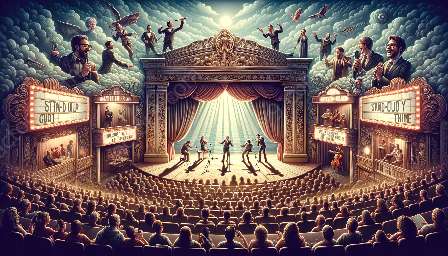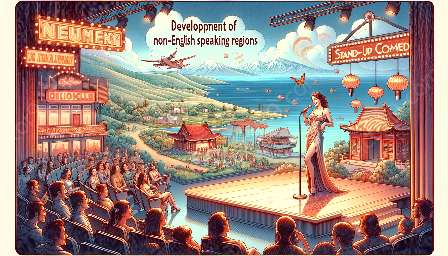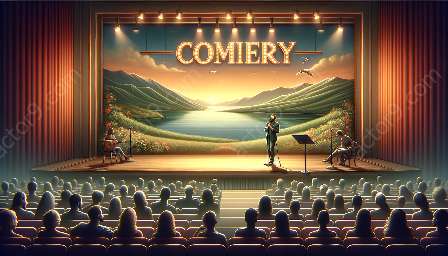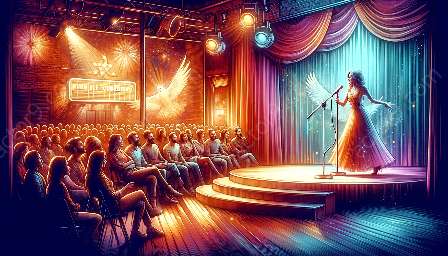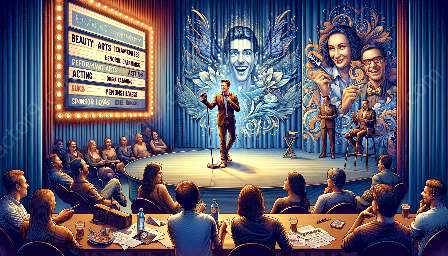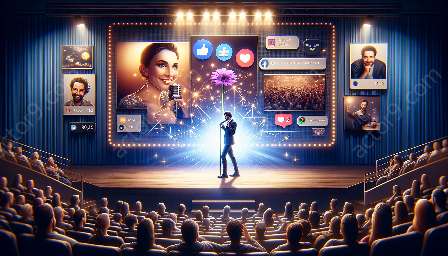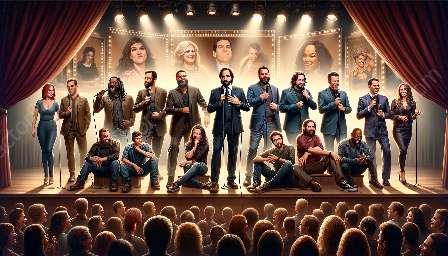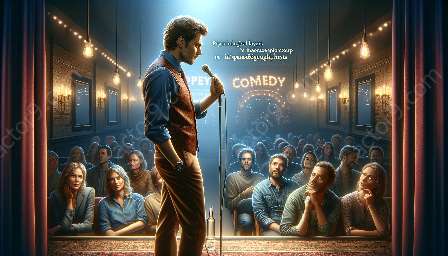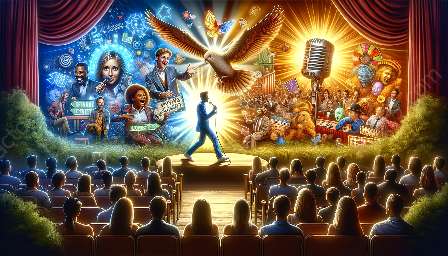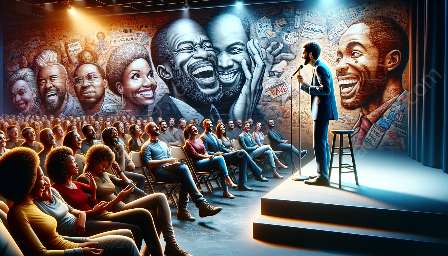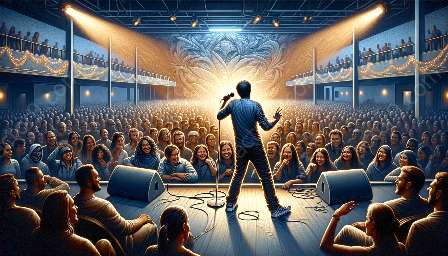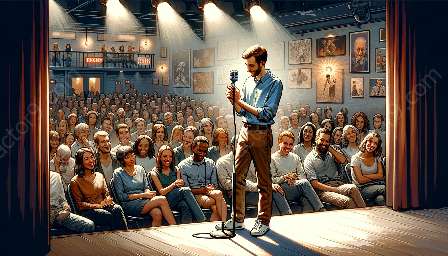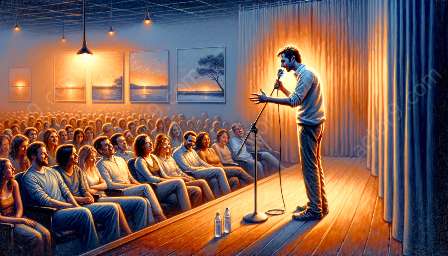Stand-up comedians are masters of storytelling, using various techniques to entertain and engage their audience. In film and television, stand-up comedy has become a popular form of entertainment, and understanding how comedians use storytelling is key to their success.
Understanding Storytelling Techniques in Stand-Up Comedy
Storytelling is a essential component of stand-up comedy. Comedians use storytelling techniques to captivate their audience, create tension, and deliver punchlines effectively. Some of the key storytelling techniques include:
- Personal Anecdotes: Comedians often share personal experiences and anecdotes, allowing the audience to connect with the material on a personal level.
- Emotional Arc: Comedians use emotional arcs within their stories to evoke various emotions from the audience, leading them through a rollercoaster of laughter, empathy, and anticipation.
- Vivid Imagery: By painting vivid pictures with words, comedians transport the audience into their stories, making them feel like they are experiencing the events firsthand.
- Tension and Release: Building tension within a story and releasing it with a well-timed punchline is a hallmark of effective storytelling in stand-up comedy.
- Surprising Twists: Comedians often use unexpected twists and turns to keep the audience engaged and to deliver comedic surprises.
Examples of Stand-Up Comedians Using Storytelling Techniques
Many stand-up comedians excel in using storytelling techniques to connect with their audience. Here are some examples of popular comedians who effectively employ storytelling in their routines:
- Dave Chappelle: Chappelle's storytelling prowess allows him to delve into complex social issues while maintaining a light-hearted atmosphere, giving his audience insight into his unique perspectives.
- Hannah Gadsby: Gadsby's powerful storytelling in her show 'Nanette' breaks traditional comedy structures, using personal narratives to convey thought-provoking messages and evoke strong emotional responses from her audience.
- Bill Burr: Burr's animated storytelling style engages the audience with his humorous rants on everyday life events, creating relatable and memorable comedic moments.
- Amy Schumer: Schumer's candid and unfiltered storytelling approach fearlessly tackles sensitive topics, offering a fresh and comedic take on contemporary issues.
Impact on Film and Television Stand-Up Comedy
The use of storytelling techniques by stand-up comedians has significantly impacted the landscape of film and television stand-up comedy. Audiences are drawn to comedians who can skillfully weave narratives, infusing their jokes with captivating stories and personal experiences. This approach has allowed stand-up comedians to transcend mere delivery of punchlines and connect with their audience on a deeper level.
Furthermore, the rise of streaming platforms has provided stand-up comedians with an opportunity to reach a global audience, showcasing their storytelling talents to diverse viewers around the world. As a result, the demand for stand-up comedy specials featuring compelling storytelling has soared, further cementing the importance of storytelling techniques in the world of film and television stand-up comedy.
Conclusion
Stand-up comedians leverage storytelling techniques to establish a meaningful connection with their audience, fostering laughter, empathy, and insight. The seamless integration of storytelling in stand-up comedy has expanded the boundaries of comedic expression, enriching the entertainment landscape with authentic and engaging narratives. By mastering the art of storytelling, comedians continue to captivate audiences and shape the evolution of stand-up comedy in film and television.


